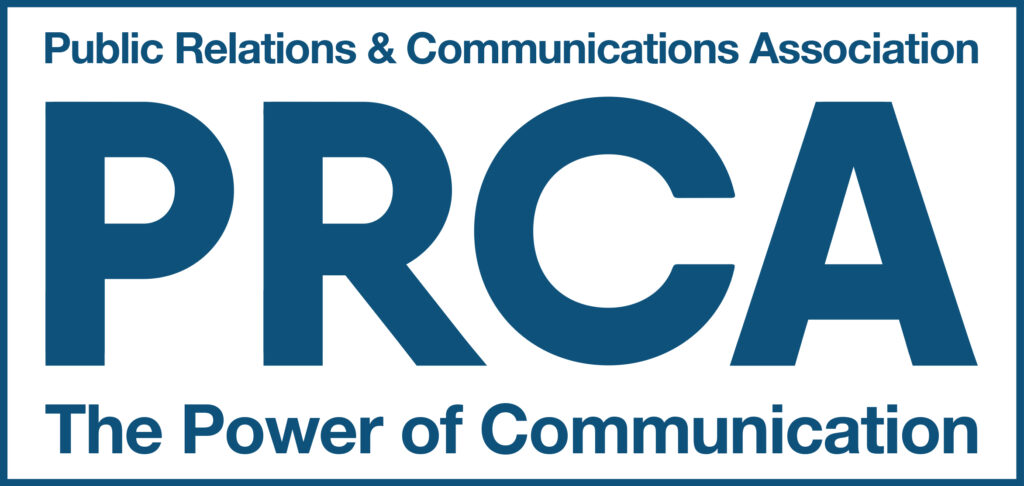Customers don’t think of brands in terms of digital marketing, advertising, PR or social media, so neither should you. Successfully integrating these communication disciplines makes sure your brand messaging is consistently more effective.
Integrated comms is not easy though. It’s especially hard for smaller organisations where there’s less resource or expertise. At first glance it may seem that it requires four times the effort or budget to get results, but that’s not the case. Here’s how you can make your business comms strategy more effective:
Align goals
Find out from the senior management what the business objectives are for the year. Then plan how your marketing strategy can help achieve these goals. For instance, if the business wants to grow by 20%, understand if this is likely to happen by up selling, acquisition, market diversification or launching a new product etc. Visualise what business communication activities are most likely to support this desired goal in the year ahead.
Aligning the marketing strategy with business objectives may sound obvious, but its surprising how often the previous year’s marketing strategy gets repeated. Aligning goals brings clarity and focus to the marketing strategy.
Profile the customer
Build a profile of your ideal customer. Speak with your customer service and sales staff to find out what your customers goals and challenges are and how your product/service solves them. If you’re unsure what challenges your customers face, then create a survey and ask them. Include in the profile demographic information so that you know what media and whose opinions your customers value. Use the customer challenges as topics or themes for your business communications plan for the year ahead.
Build an integrated content map
Customers transition through three phases before buying: awareness, consideration and decision-making. Using the customer challenges you have identified, envisage what content you can produce for each phase. For the awareness phase try to come up with ideas for content that are eye-catching, short and informative. For instance, an infographic, tips articles, a short advert or quote. The goal here is to reach your customer and impressive on them that your product/service is a possible solution to their problem.
For the consideration and decision-making phases you are looking to convert leads. This is where you can use elements of the marketing mix (price,product, promotion, placement) to communicate what is special and unique about your product/service. This type of content is typically longer to consume, more detailed and authoritative than the first phase, its vital that you provide evidence of the benefits that other customers have found from your brand. Content formats include case studies, white papers, and survey findings, with special offers, discounts to help turn prospects into customers.
Overlay the 2018 calendar to spot seasonal opportunities and finalise your plan to product content that can be repurposed in terms of length and style for PR, digital, social, and advertising formats. If it can’t be used across the four disciplines, seriously consider the value of the exercise.
Use Automation to improve efficiency
The best integrated marketing strategies utilise automation tools to make sure they are regularly communicating with their stakeholders, not just when they publish fresh content.
Automation isn’t expensive or overly complex. Platforms like mailchimp offer basic automation for free. Consider setting up a series of emails which regularly talk to customers who have opted into your comms over a three-month period. Plot the emails and the content they deliver to mirror the buying life cycle. Older content could be quickly repurposed and added to email workstreams. Integrating email automation with opt-in leads captured from e-advertising on Facebook or from Gleam competitions can be a highly effective and constant stream of new business.
Automation doesn’t just apply to digital marketing. Set up Google trend and publication alerts to be kept informed on developments in your market. Understanding what and when journalists publish in your sector help you fine tune your PR outputs so that your business communications remain aligned and integrated.
At brookscomm we have over 20 years of PR & marketing expertise and a proven track record of providing an integrated communications strategy. We can help you boost your business, email hello@brookscomm.com or call us on 01483 537 890.
Twitter @PRexpertsUK Linkedin: brookscomm Facebook:brookscomm Website: www.brookscomm.com








